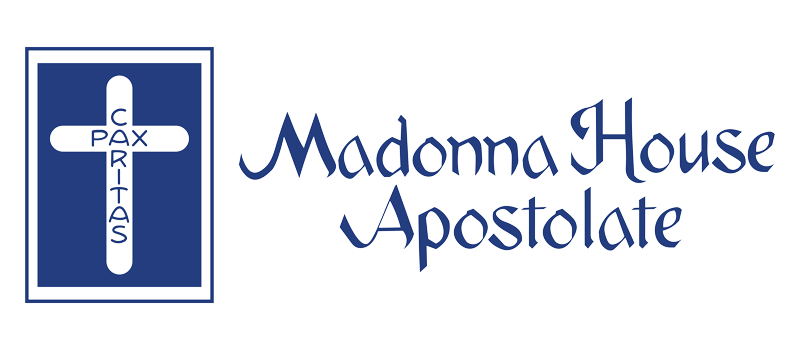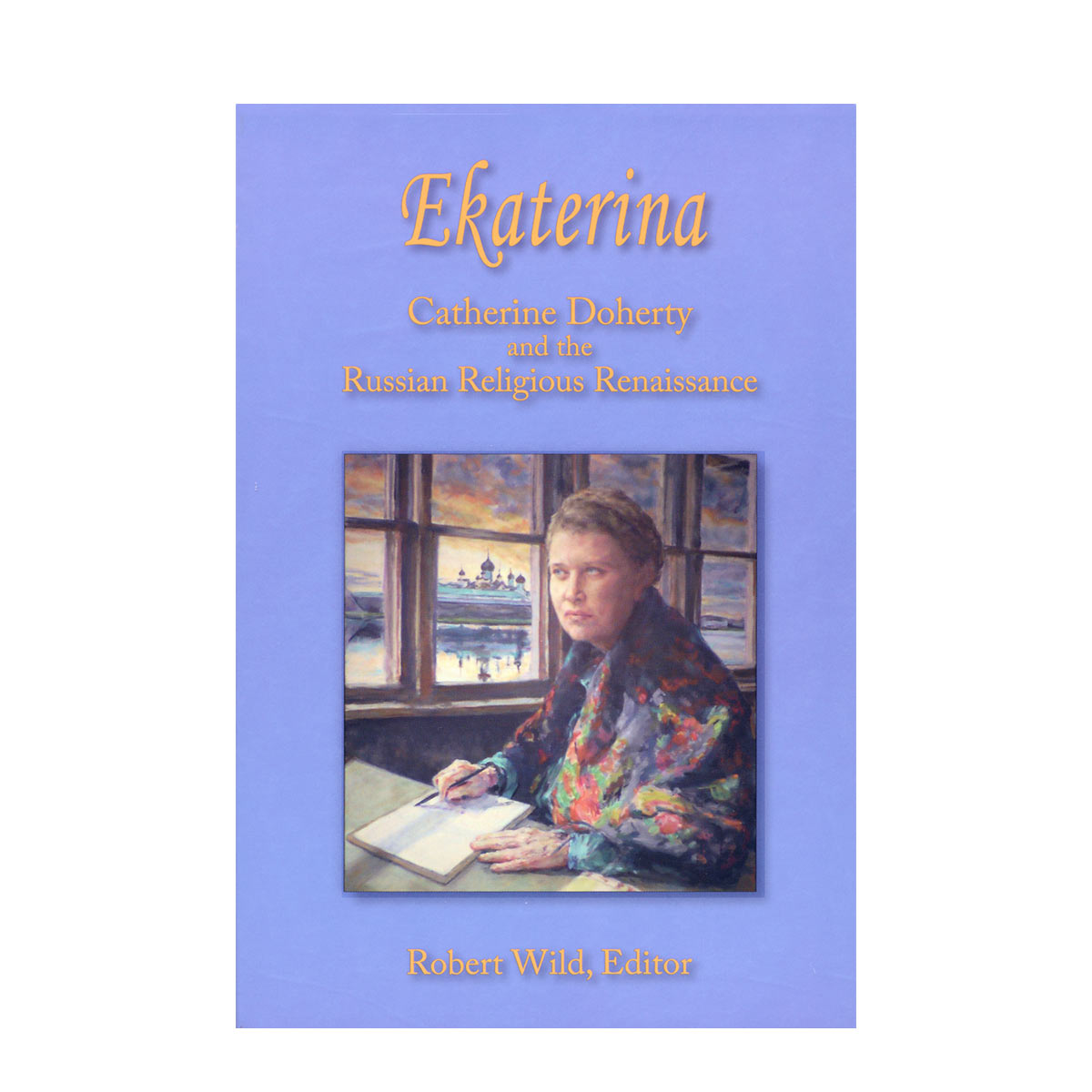This content has been archived. It may no longer be relevant
Ekaterina: Catherine Doherty and the Russian Religious Renaissance, Robert Wild (editor), (2021), 158 pages, Madonna House Publications, $24.95 plus tax and shipping
***
I first encountered the name Catherine de Hueck in Thomas Merton’s The Seven Storey Mountain. I read a long review of the book in Time Magazine in mid-June, 1949, a year after it was published.
I remember it because the next day the principal of my school sent me to a bookshop in downtown Montreal to purchase a copy. As he wrote down the title for me, he read it aloud, “The Seven …” and I completed it, “… Storey Mountain.”
“How did you know that?”
Riding back with it on the tram, I began to read it. I was thirteen years old. Three years later in high school, I was given a copy for achieving high marks, and I was able to complete my reading of the book.
“Baroness de Hueck,” I thought to myself, “What an interesting person! I wonder if I’ll ever meet her.”
I did finally meet Catherine in 1969. She was then Catherine Doherty, having married Edward J. Doherty, a famous newspaper reporter from Chicago, with whom she founded Madonna House in 1947.
I had just been ordained a deacon, and I came up to Madonna House with another young Jesuit to join in the celebration of the Holy Week Triduum.
I made many friends that week, and for the next fifty years I continued to return to Madonna House at least once a year for my annual retreat, during which time Father Bob Wild, a priest of Madonna House, eventually became my spiritual director.
To read Ekaterina: Catherine Doherty and the Russian Religious Renaissance is to enter another world. The book is dedicated to those who passed on to posterity the “ineffable essence of Russia,” including Nicholas Berdyaev, Alexander Schmemann, and Paul Evdokimov, whose names were more familiar to me than their writings.
With the help of the index, I found myself immediately drawn to the section, “Intellectual Riches” which describes how Catherine met for the first time in Paris with Berdyaev and the French philosopher, Jacques Maritain, and his Russian wife, Raïssa.
I had read Raïssa’s book, We have Been Friends Together (Les Grands Amitiés), and had been struck by her intense search for meaning in life.
Berdyaev invited Catherine to return to their next regular meeting, “but,” she writes, “I was leaving Paris and was unable to make it.”
The theme of the book, Father Wild states, is “that Catherine’s spirituality should be considered as part of the Russian Religious Renaissance” (p. 37).
Though Alexander Schmemann’s The Great Lent was Catherine’s favorite Lenten book, and Evdokimov’s Les Ages de la Vie Spirituelle was one of her “preferred books for public spiritual reading” (p. 38), Catherine’s only real and personal contact with a member of the renaissance was with Helen Iswolsky (Yelena Izvolskaya) (see p. 39).
Helen, the daughter of a Tsarist minister and ambassador to France, was a personal friend of Catherine’s. She had spent time at Madonna House and given lectures there on Russian history and spirituality.
At least two of her books have been published in English: The Soul of Russia (London, Sheed & Ward, 1944), and The Third Door: Soloviev and the Eirenic Movement (New York, Third Hour Foundations, 1976).
The Russian Religious Renaissance began in Russia but, interrupted by the revolution, really flourished outside of Russia, especially in Paris.
It was part of a new religious consciousness that attempted “to see God’s immanence and revelation in all of creation and culture, and to overcome the dualities that were so much a part of traditional religion” (p. 7).
Of these dualities, the ones between East and West, between Orthodox and Catholic, and between clergy and laity, were the ones that I think Catherine herself did more than anyone to overcome.
She did this partly through her writings, but she achieved it also by incarnating it in a very concrete way through Madonna House, a lay apostolic community that she founded in Combermere, Ontario, Canada. There both Byzantine and Roman liturgies are celebrated regularly, and members—laymen and women, together with priests—live in community.
In the person of Catherine herself, Orthodox and Catholic spirituality came together and were lived by the community that took its inspiration among other things, from her daily readings and discussions at lunchtime.
It was at Madonna House that I and many others discovered the power and richness of the Byzantine liturgy. It was at Madonna House that I learned a Russian word, poustinia, meaning both desert and hermitage, and it was there that I experienced its reality.
It was at Madonna House that my Easter greeting became, “Christ is risen! Truly, he is risen!” I should add that it was Madonna House that has sustained my Jesuit vocation over the past fifty years.
The Russian Religious Renaissance is flowering today in Russia itself, and this is coming about partly through Madonna House—through the establishment of two houses, first in Magadan and then in Krasnoyarsk, and especially through the publication in Russian translation of Catherine’s major works written in English but with Russian titles: Poustinia, Sobornost, Strannik, and Urodivoi.
Sobornost means “unity,” a specific kind of unity. As Catherine explains, “It is a holy and awesome word … Its incarnation into the lives of people is something like a spring that wells up from the very heart of the Holy Trinity. It is part of the unity of the Father, Son, and Holy Spirit. It is from them, the perfection of sobornost, that we learn it” (p. 60).
“Strannik” means “pilgrim”—pilgrimage was part of the Russian tradition—and “urodivoi” means “the foolish ones,” “fools for Christ.” Catherine wrote these works in an attempt to open the riches of Eastern spirituality to North Americans and other people of the West.
Now these works are opening these same riches to the Russian people themselves, who, under decades of Communist propaganda and Soviet oppression, have all but lost them—but not entirely. They are still there, deep in the Russian soul and in the soul of Holy Mother Russia.
The Russian word for Sunday means “Resurrection.” The Russian Religious Renaissance today is really a Resurrection.





